Medcast news and blog
Surgical Safety: building a culture of vigilance
While the “gold standard” is clear, real-world pressures can put surgical safety to the test. A packed surgical list, a late patient arrival, and a surgeon asking to “hurry up” can all create the temptation to cut corners. Time pressure is one of the biggest threats to safety culture.
READ ON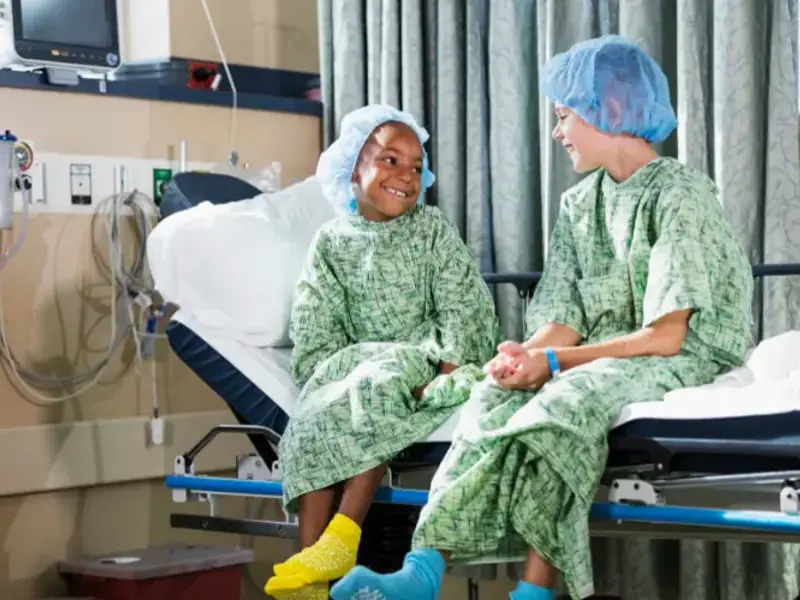
Follow James, a 7-year-old boy scheduled for a tonsillectomy and adenoidectomy, as we explore how the 4 P’s of child preparation – Prepare, Play, Parent, Praise – can be used in day surgery to reduce procedural anxiety, support family-centred care, and improve the overall patient experience
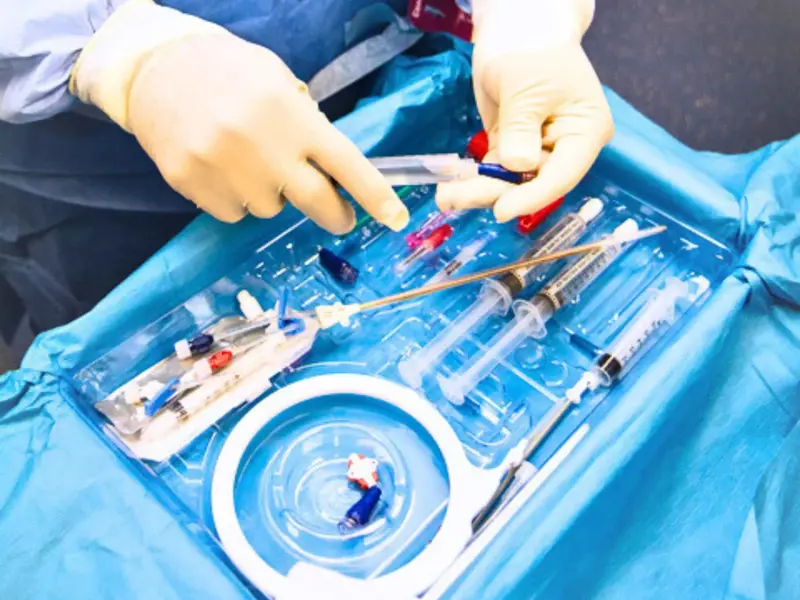
Antiseptic Non-Touch Technique (ANTT®) plays a critical role in managing Central Venous Access Devices (CVADs) to prevent infections. While both standard and surgical ANTT approaches aim to maintain asepsis during procedures, they differ significantly in their application and outcomes. Understanding these distinctions ensures healthcare providers optimise infection control and patient safety in wound care and CVAD management.
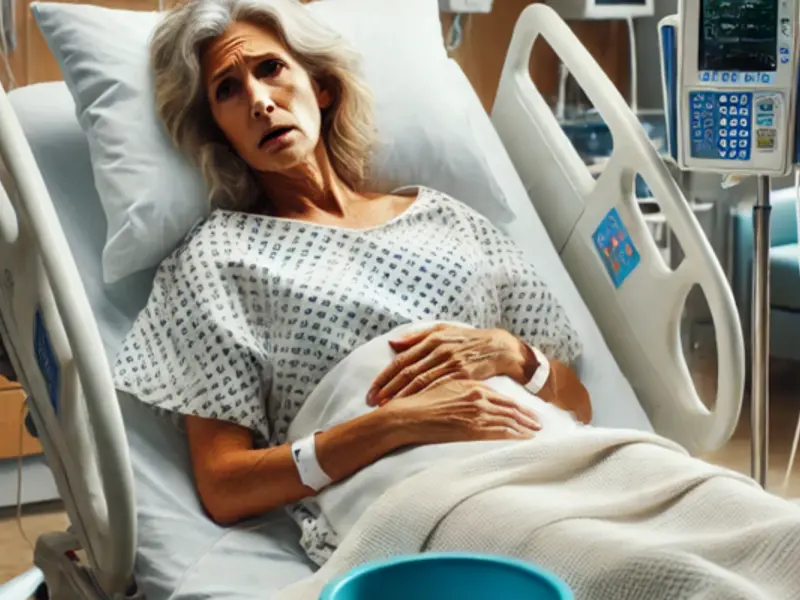
Postoperative nausea and vomiting (PONV) is a common and distressing complication that can occur after surgery. Despite advances in anaesthesia and surgical techniques, PONV remains a significant concern for perioperative professionals. This blog provides a comprehensive overview of PONV, its causes, risk factors, and strategies for management.
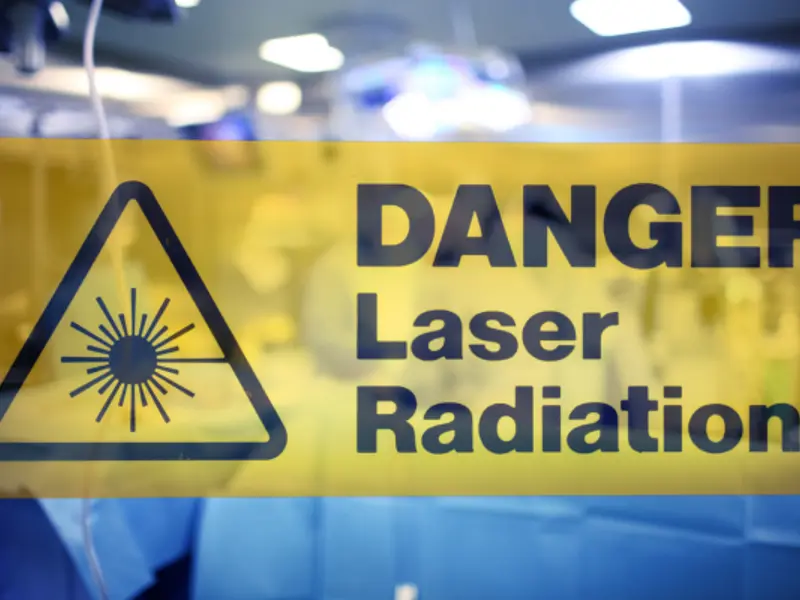
Laser safety in operating theatres is crucial for staff and patient protection. Implementing training, protective eyewear, safety protocols, and controlled access ensures effective surgical procedures and minimises risks like tissue damage. Prioritising these measures enhances overall procedural safety and effectiveness.
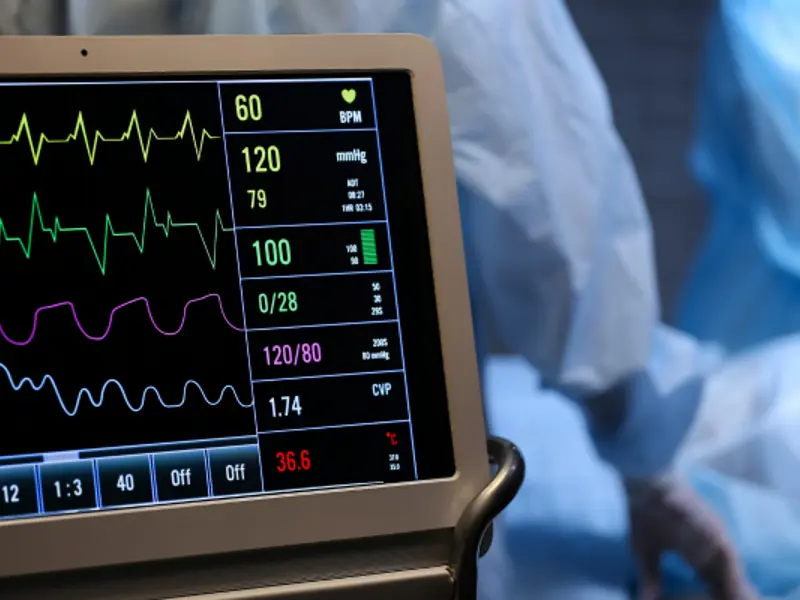
Perioperative nurses play a crucial role in ensuring patient safety during surgery. Monitoring intraoperative temperatures is essential for identifying and managing perioperative hypothermia and malignant hyperthermia, safeguarding patient well-being.

Jane is drowsy following her appendectomy. In this case study, interpret her ABG to determine the cause.
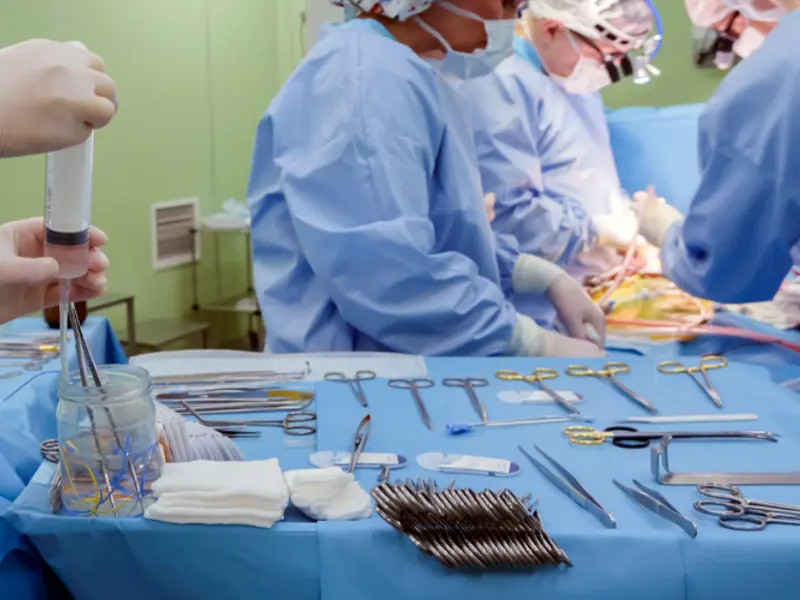
Surgical conscience - the ethical heartbeat of the operating room plays a pivotal role in the surgical processes, procedures and impact on the patient experience.
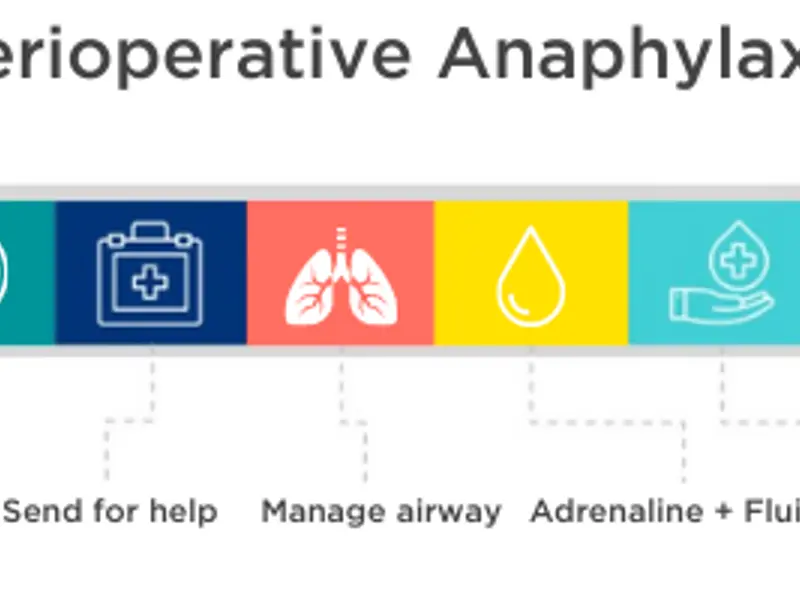
Once anaphylaxis has been identified, immediate treatment is required to stop the allergic cascade from producing histamines, prostaglandins and cytokines, and manage the effects of these agents. Management will include immediate treatment, refractory management and post crisis management.
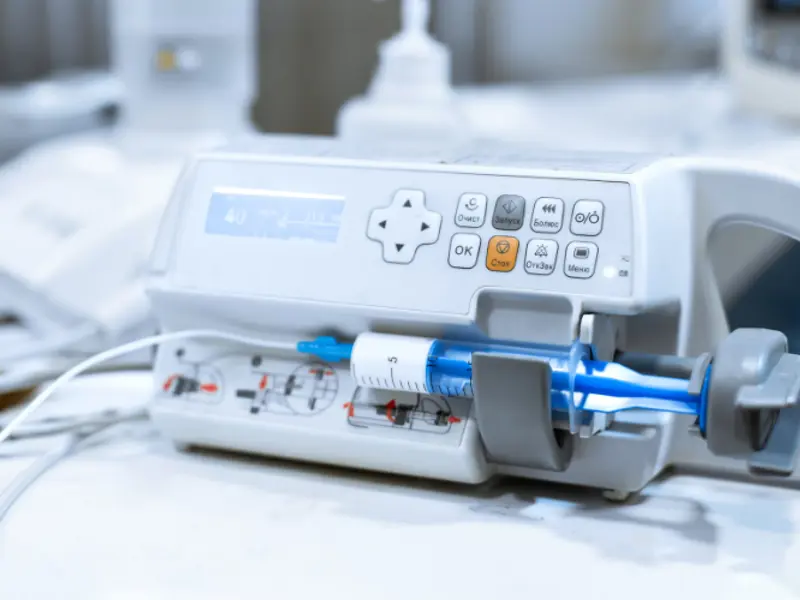
Total Intravenous Anaesthesia (TIVA) has become an increasingly popular choice for anaesthesia, as alternatives to volatile agents. Surgical technique advancements and increasing utilisation of day hospital centres have created an environment where minimal downtime after general anaesthesia is highly desirable.
